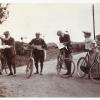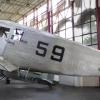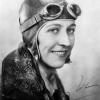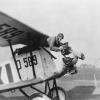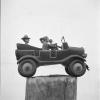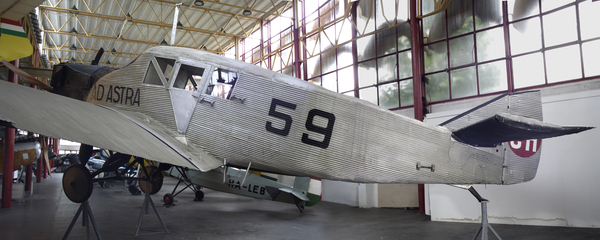Cars and planes blaze new trails in the 1920s and 1930s
In the early 1900s, and especially after the First World War, cars and airplanes increasingly captured public attention as new forms of independent travel.
While cars became more widely available in Europe, accounts of much longer-range travel in European-held colonies in Africa and Asia began to make headlines. By the 1920s, five classic routes for motorists had developed: around Australia, England to Australia, Cape Town to Cairo, Algeria to Cairo, and the Sahara crossing.
Routes for commercial passenger aviation equipped with new study aeroplanes, such as the all-metal Junkers F-13, followed similar routes. These catered to a new adventurous class of tourist.
The Swiss airline Ad Astra Aero (Latin for 'to the stars') highlighted the adventure of travel by not only operating transport flights between European countries, but by its owner's famous cartographic trips to Africa. Other airlines like Britain's Imperial Airways, the Dutch Koninklijke Luchtvaartmaatschappij (KLM) and the Air France all specialized in such routes to the colonies.
Such new imperial routes also provided opportunities for drivers from nations like Czechoslovakia, who were able to gain admission to colonial society in Africa or Asia as "Europeans."
 Previous Story
Next Story
Previous Story
Next Story
How to cite this page
Alexander Badenoch, 'Cars and planes blaze new trails in the 1920s and 1930s', Inventing Europe, http://www.inventingeurope.eu/globalisation/cars-and-planes-blaze-new-trails-in-the-1920s-and-1930s
Sources
- Alexander Badenoch, "Touring Between War and Peace Imagining the 'Transcontinental Motorway', 19301950." The Journal of Transport History 28, no. 2 (2007): 192–210.





